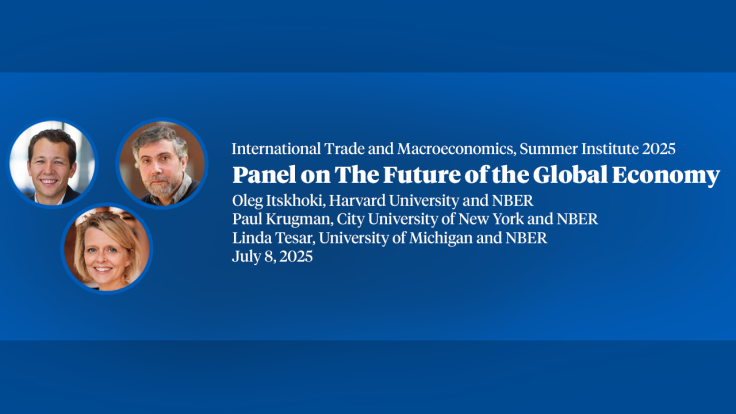Anticipating Climate Change Across the United States
We evaluate how anticipation and adaptation shape the aggregate and local costs of climate change. We develop a dynamic spatial model of the U.S. economy and its 3,143 counties that features costly forward-looking migration and capital investment decisions. We leverage the ‘Master Equation’ representation of the economy to make the model tractable. We propose reduced-form estimates of the county-level impact of severe storms and heat waves over the 20th century on local income, employment, and investment. We match these effects in the model by estimating migration and investment elasticities, capital depreciation shocks for storms, and a combination of productivity and amenity shocks for heat waves. Our counterfactuals show, first, that the impact of climate on capital depreciation magnifies the U.S. aggregate welfare costs of climate change twofold to 2.8% in 2025 under a business-as-usual warming scenario. Second, anticipation of future climate damages amplifies climate-induced worker and investment mobility, thereby significantly reducing the losses of workers in the most affected locations. Third, migration offsets 25-40% of aggregate losses and reduces substantially the spatial variance in the welfare impact of climate change.
-
-
Copy CitationAdrien Bilal and Esteban Rossi-Hansberg, "Anticipating Climate Change Across the United States," NBER Working Paper 31323 (2023), https://doi.org/10.3386/w31323.Download Citation
-


